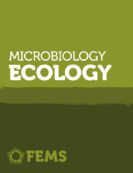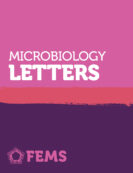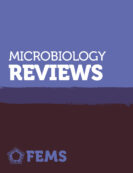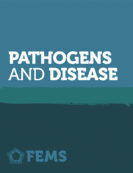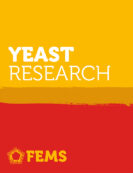FEMS Yeast Research Poster Prize: Jassim Al-Oboudi
We send our congratulations to Jassim Al-Oboudi, who won the best poster prize at ISSY36 in Vancouver. This award is sponsored by our journal FEMS Yeast Research. His poster was titled “Population Structure and Genome-scale Diversity of Wild North American Torulaspora delbrueckii“.
 The International Specialised Symposium on Yeasts (ISSY36) took place on 12-15 July 2022 in Vancouver, Canada with the theme Yeast Sea to Sky – Yeast in the Genomics Era.
The International Specialised Symposium on Yeasts (ISSY36) took place on 12-15 July 2022 in Vancouver, Canada with the theme Yeast Sea to Sky – Yeast in the Genomics Era.
Read our interview with Jassim Al about his research below:
What is your current position, and what was your scientific journey to get there?
I am currently a PhD student in the Microbiology Doctoral Training Program (MDTP) at the University of Wisconsin-Madison in the laboratory of Chris Hittinger. Before coming to UW-Madison I worked as a research technician studying the infant gut microbiome in the laboratory of David A. Mills at the University of California, Davis where I received my B.S. in Biochemistry and Molecular Biology. As an undergraduate at UC Davis I worked in a plant genetics lab and then a human genetics lab.”
Could you describe the research your poster covered?
My poster covered population structure and genomic diversity in a ubiquitous yeast species, Torulaspora delbrueckii. This species has gained attention for industrial application and much of its research focus has been placed on human-associated strains. I became interested in the natural history of this species and used 260+ environmental North American isolates from our lab’s strain collection to ask questions about the ecology and evolution of this species. Before the really interesting stuff can be addressed, I needed to assess the presence of population structure in my strain set to differentiate genomic divergence due to population separation from that caused by natural selection. In doing so, I identified several large subpopulations with substantial genome-wide nucleotide divergence compared to each other. The populations are not separated by distance or by the substrate they were isolated from (e.g. soil, bark, leaves, etc;), meaning something yet unknown is driving divergence of these populations. Additionally, one of the more divergent populations exhibited statistical parameters that suggests it may have gone through a recent selective sweep or a bottleneck associated with a recent migration event.”
What do you hope to focus your research on in the future?
Broadly, I want to continue investigating basic questions in microbial ecology. After attempting to identify what is driving subpopulation divergence in my current dataset, I will move to answering questions about this species’ ecology and evolution. I plan to continue this trend into the future, leveraging my experience working with genome-scale datasets to improve our understanding of the behaviors, lifestyles, and potential applications of natural microbial populations.”
Want to read more on this topic? There are several articles in our Journal FEMS Yeast Research!

- Potential of non-Saccharomyces yeast to produce non-alcoholic beer
- Identification of genes related to hydrolysis and assimilation of Agave fructans in Candida apicola NRRL Y-50540 and Torulaspora delbrueckii NRRL Y-50541 by denovo transcriptome analysis
- Tasting the terroir of wine yeast innovation
- Hexose transport in Torulaspora delbrueckii: identification of Igt1, a new dual-affinity transporter
–
We use income from the FEMS Journals to fund grants, awards, and projects, and to support our knowledge sharing events and initiatives. Consider publishing your research with our journals to help the global microbiology community.
All but one of the FEMS journals are fully open access (OA), with one journal, FEMS Microbiology Letters, offering free-to-publish and OA options. Open access is key to supporting the FEMS mission of disseminating high quality research as widely as possible: when high quality, peer reviewed sound science is open access, anyone, anywhere in the world with an internet connection, can read it.


